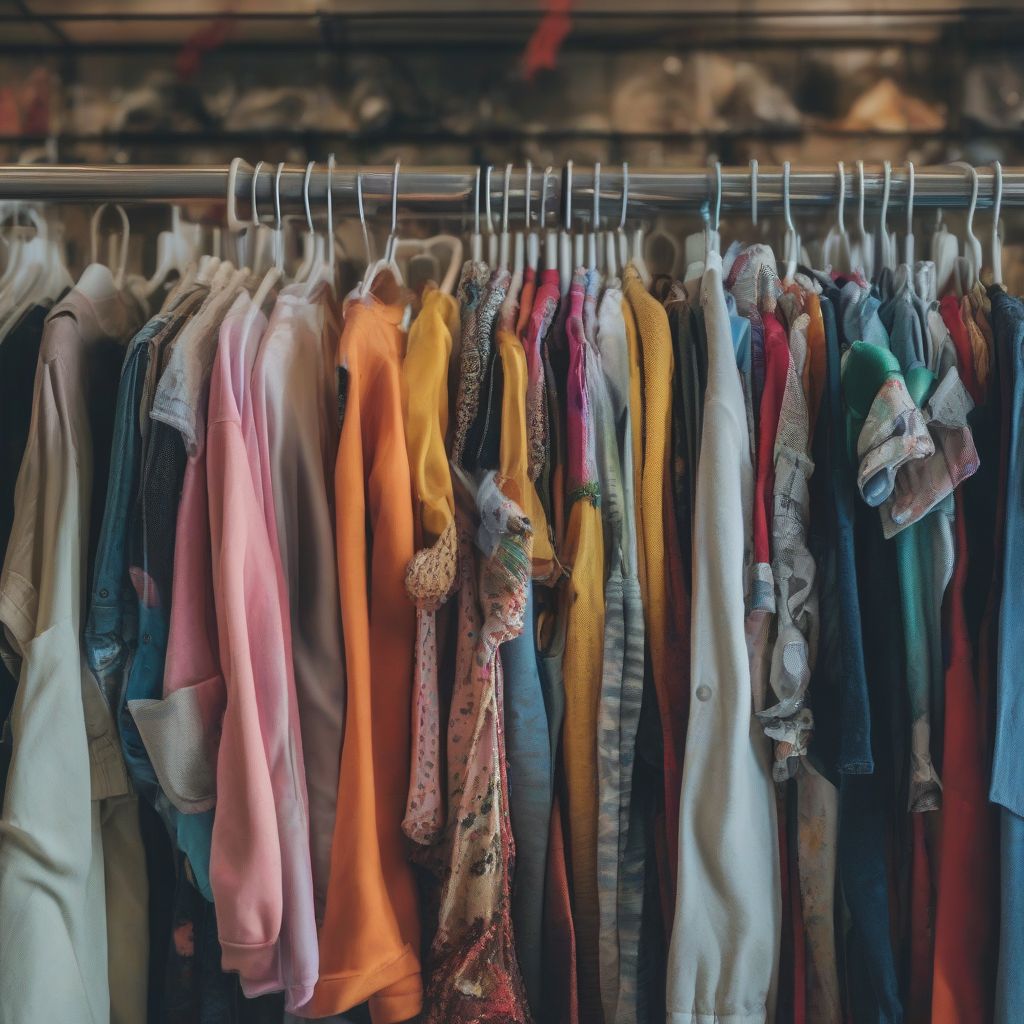Have you ever stopped to think about where your clothes come from and where they go after you’re done with them? The fashion industry, while a vibrant expression of individuality, has a dark side: its impact on the environment. But there’s a shining light emerging in the world of conscious consumerism – secondhand shopping. It’s not just about finding unique pieces or scoring amazing deals; it’s about making a tangible difference. Let’s dive into how embracing pre-loved clothing can transform your wardrobe and contribute to a more sustainable future.
Understanding the Environmental Impact of Fast Fashion
Before we delve into the positive role of secondhand shopping, it’s crucial to understand the urgency for change in the fashion industry. Fast fashion, characterized by trendy, low-priced garments with short lifecycles, has come under fire for its detrimental environmental and social consequences.
The Wasteful Cycle of Fast Fashion
The fast fashion model thrives on a constant churn of new styles, encouraging consumers to buy more clothes than they need. This leads to a staggering amount of textile waste. According to the Environmental Protection Agency, the United States alone generated 17 million tons of textile waste in 2018, with only a small fraction being recycled.
Resource Depletion and Pollution
The production of clothing, from growing cotton to dyeing fabrics, demands vast amounts of water, energy, and raw materials. Pesticides used in cotton farming pollute water sources, while toxic chemicals from dyes and treatments contaminate rivers and harm wildlife.
Secondhand Shopping: A Sustainable Solution
Secondhand shopping offers a powerful antidote to the harmful effects of fast fashion. By giving clothes a second life, we can significantly reduce textile waste, conserve resources, and minimize pollution.
Reducing Textile Waste
Choosing pre-loved clothing over new items directly combats textile waste. When you buy secondhand, you’re diverting clothes from landfills, where they can take hundreds of years to decompose and release harmful greenhouse gases.
Conserving Resources
Manufacturing new clothing requires significant resources. By opting for secondhand, we lessen the demand for new production, thereby conserving precious water, energy, and raw materials.
Minimizing Pollution
Secondhand shopping also helps mitigate the pollution associated with clothing production. By extending the life cycle of existing garments, we reduce the need for manufacturing processes that pollute air and water.
Beyond Environmental Benefits: Other Perks of Secondhand Shopping
The positive impact of secondhand shopping extends far beyond the environment. It’s a win-win for your wallet, your style, and your conscience.
Affordability
Secondhand shopping allows you to access high-quality, stylish pieces at a fraction of the original retail price. This opens up a world of possibilities for experimenting with different styles without breaking the bank.
Unique Style
Secondhand stores are treasure troves of unique and vintage finds. You can discover one-of-a-kind pieces that reflect your individual style and stand out from the crowd.
Ethical Considerations
Secondhand shopping aligns with ethical consumerism by promoting a more mindful and responsible approach to fashion. It allows you to express your values through your clothing choices.
 Secondhand Clothing Rack
Secondhand Clothing Rack
Making Secondhand Shopping Part of Your Sustainable Lifestyle
Transitioning to a more sustainable wardrobe is easier than you might think. Here are some practical tips to embrace secondhand shopping:
- Explore Different Avenues: From thrift stores and consignment shops to online platforms like ThredUp and Poshmark, there are countless options to discover pre-loved treasures.
- Quality over Quantity: Focus on investing in well-made, timeless pieces that will last longer.
- Care for Your Clothes: Proper washing, drying, and storing can extend the lifespan of your garments, whether new or secondhand.
- Spread the Word: Share your passion for sustainable fashion with friends, family, and on social media to inspire others to join the movement.
Conclusion: Embrace the Power of Pre-Loved
Secondhand shopping is a simple yet powerful act that carries profound implications for the future of fashion. By choosing pre-loved clothing, we can significantly reduce our environmental footprint, save money, and cultivate a more unique and conscious sense of style. Let’s embrace the power of pre-loved and make secondhand shopping the first choice, not the alternative.
What are your thoughts on secondhand shopping? Share your experiences and tips in the comments below!
[amazon bestseller=”sustainable fashion”]
